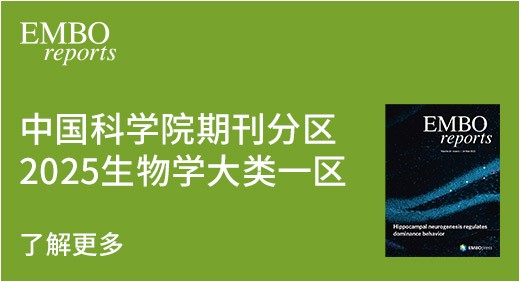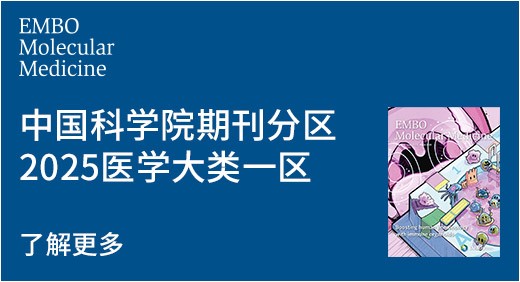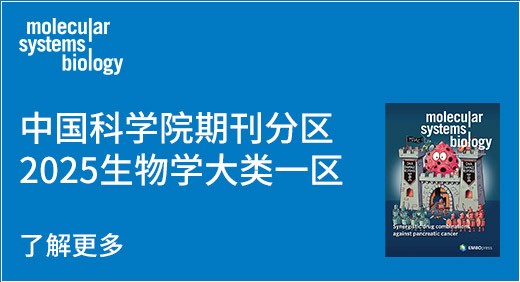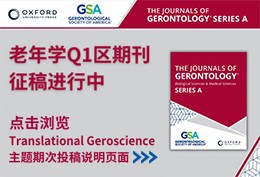当前位置:
X-MOL 学术
›
Chem. Sci.
›
论文详情
Our official English website, www.x-mol.net, welcomes your
feedback! (Note: you will need to create a separate account there.)
In situ transfer of CH3NH3PbI3 single crystals in mesoporous scaffolds for efficient perovskite solar cells†
Chemical Science ( IF 9.969 ) Pub Date : 2023-02-15 , DOI: 10.1039/c9sc04900b Yanjun Guan, Mi Xu, Wenhao Zhang, Da Li, Xiaomeng Hou, Li Hong, Qifei Wang, Zhihui Zhang, Anyi Mei, Min Chen, Yuanyuan Zhou, Nitin P. Padture, Yue Hu, Yaoguang Rong, Hongwei Han
Chemical Science ( IF 9.969 ) Pub Date : 2023-02-15 , DOI: 10.1039/c9sc04900b Yanjun Guan, Mi Xu, Wenhao Zhang, Da Li, Xiaomeng Hou, Li Hong, Qifei Wang, Zhihui Zhang, Anyi Mei, Min Chen, Yuanyuan Zhou, Nitin P. Padture, Yue Hu, Yaoguang Rong, Hongwei Han

|
Printable mesoscopic perovskite solar cells are usually fabricated by drop-casting perovskite precursor solution on a screen-printed mesoporous TiO2/ZrO2/carbon triple-layer followed by thermal annealing. They have attracted much attention due to their simple fabrication process and remarkable stability. However, challenges lie in how to achieve complete pore fillings of perovskites in the meso-pores and to obtain high-quality perovskite crystals. Here, we report an in situ crystal transfer (ICT) process based on gas–solid interaction to deposit perovskite CH3NH3PbI3 absorber in the scaffold. CH3NH3PbI3 single crystals are first transformed into a liquid phase via exposure to methylamine gas flow. After complete infiltration into the nano-structured scaffolds, the liquid phase is converted back to the solid phase with reduction of methylamine gas partial pressure, maintaining the high-quality of CH3NH3PbI3 single crystals. Compared with the conventional drop-casting method, the ICT method effectively leads to interconnected morphology and prolongs the charge-carrier lifetime (from ∼37.52 ns to ∼110.85 ns) of the perovskite absorber in the scaffold. As a result, the devices can deliver a power conversion efficiency of 15.89%, which is attributed to the suppressed charge recombination and correspondingly enhanced open-circuit voltage of 0.98 V.
更新日期:2020-01-02














 京公网安备 11010802027423号
京公网安备 11010802027423号